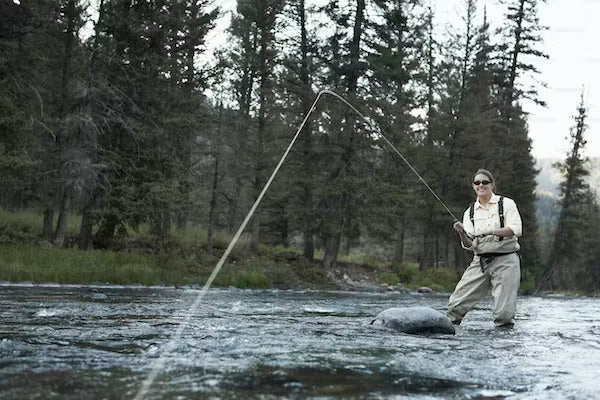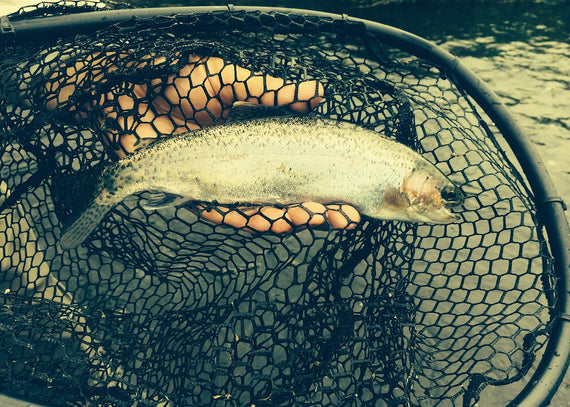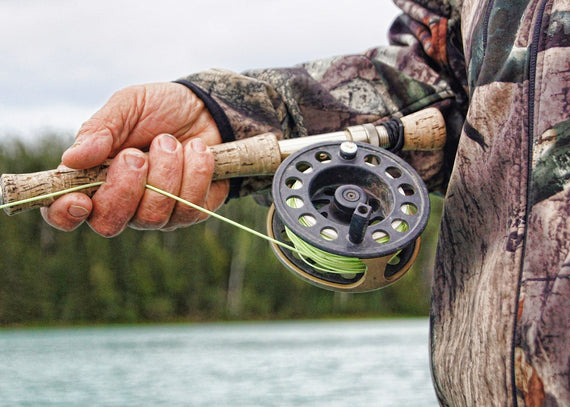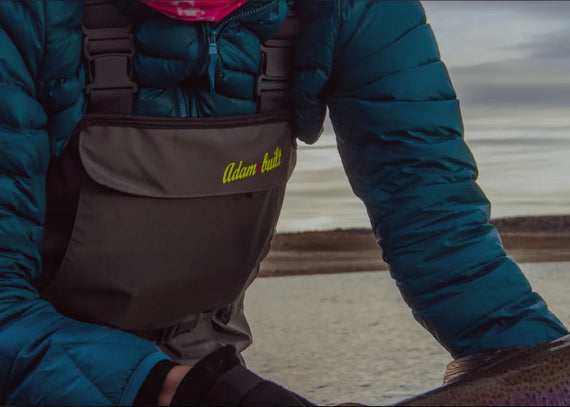Fly fishing has been a growing adventure sport in recent years. With new people coming and trying to cast their first line or catch their first trout, understanding the do’s and don’ts of fishing is important. This guide will cover the essential ideas to improve your fly-fishing technique while protecting the fragile ecosystems you come across.
The Do's
Invest in Quality Fishing Gear:
Investing in high-quality gear is essential for fly fishing. Go for nets with rubberized esh to promote ethical catch and release.
Wearing comfortable wader boots also provides for a seamless and enjoyable fishing experience. Quality gear enhances your performance and contributes to the well-being of the fish and the environment.
Practice Catch-and-Release Responsibly:
Practicing the catch-and-release philosophy is also important. Use a rubberized mesh fishing net when landing a fish to minimize stress and protect its delicate scales. To maintain the fish's shielding slime layer and guarantee a secure release, handle it with wet hands. Fish populations can survive when responsible catch-and-release methods are used.
Master Proper Casting Techniques:
Knowing the ins and outs of casting is crucial, whether wader fishing down a river or from the lake. To stay stable on different terrain, wear high-quality wader boots. Practice the basic overhead cast and use the roll cast for small spaces when needed. A well-thrown cast reduces disturbance in the water and increases your chances of catching.
The Don'ts
Don't Neglect Environmental Awareness:
Neglecting or disturbing delicate ecosystems can have long-term consequences. Make sure not to disturb wildlife or tramp on vegetation. During sensitive seasons, pay attention to the conditions of the water and avoid fishing in areas designated for spawning. By being mindful of the environment, you can make sure that the ecosystems you explore survive.
Avoid Overfishing:
Understanding and following catch limits and regulations is a necessary part of ethical fishing. Release overfished or undersized fish to prevent overfishing. By maintaining fish populations, we can make sure that future fishing generations will have a safe and sustainable environment.
Don't Use Damaging Gear:
Select fishing gear designed to cause the least amount of damage to fish. Steer clear of using any equipment or snagging hooks that could injure someone needlessly. To minimize stress and maintain the health of fish, use fishing nets with rubberized mesh. Choosing gear responsibly is essential to preserving the equilibrium of aquatic ecosystems.
Conclusion:
Understanding and embracing the values that guarantee a sustainable and courteous fishing experience is essential to becoming a master angler in the fascinating world of fly fishing. You can help preserve fish populations and the natural beauty of the waters you fish by buying high-quality equipment, engaging in responsible catch-and-release fishing, learning proper casting techniques, and adhering to fishing etiquette. Prepare yourself for your next fly fishing expedition.



 loading="lazy"
loading="lazy"
 loading="lazy"
loading="lazy"
 loading="lazy"
loading="lazy"